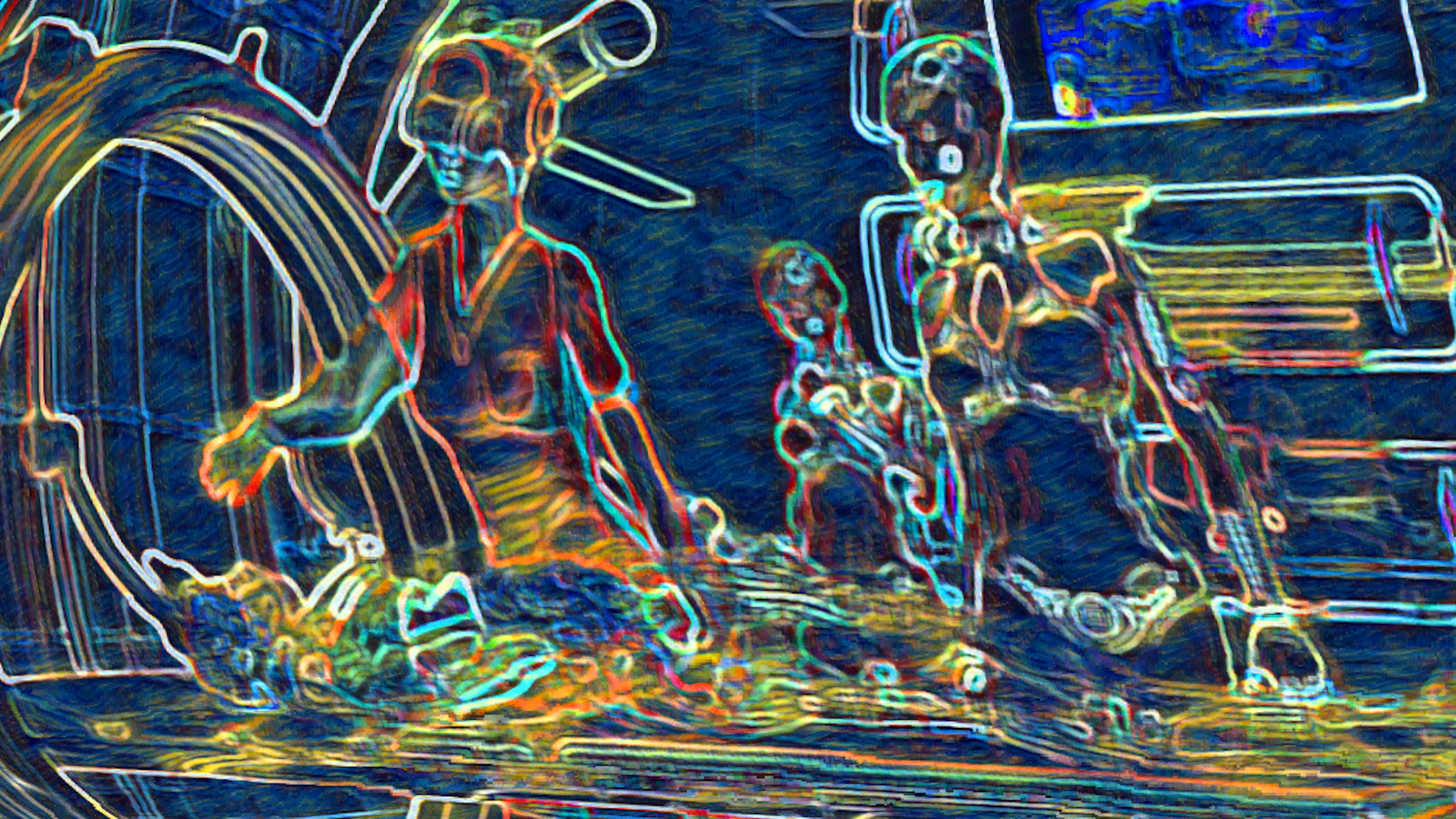The four moral judgments you make every day

Photo by Brett Sayles from Pixabay
- Moral psychology studies how we process moral questions and come to be moral beings.
- A new framework says there are four kinds of moral judgment we all make.
- Understanding how we evaluate moral or immoral actions can help us make better choices.
Moral psychology is the study of how we process moral ideas in our minds, how we become moral creatures, and how our brains handle moral issues. Variations of it date back to Plato and Confucius, and the area is currently enjoying a tremendous amount of attention as thinkers from a variety of fields, including philosophy, psychology, and neuroscience, consider the different aspects that go into making moral judgments.
But what is a moral judgment? Is there only one kind of judgment, or do we use different kinds in different situations? Are they all the same at the cognitive level?
A new article by Dr. Bertram F. Malle of Brown University offers a framework for understanding how people make moral judgments and what factors go into those judgments.
You are judgmental
The first type of judgment is dubbed “evaluations.” These are the simple evaluations we make of things being good, bad, positive, or negative. We do this for just about everything, including in non-moral situations like when evaluating writing, and our brains are very good at doing it quickly. Some studies suggest that our brains begin to evaluate for goodness or badness within half a second of getting the information. This first pass doesn’t have all the data the other kinds of judgments do, but it helps set the stage for more complicated moral judgments.
The second type is “norm judgments.” This expansive category involves deciding if some action or thing is allowed, permissible, taboo, or otherwise acceptable. This determination is related to, but not dependent on, how we evaluate something. While evaluations can be done on any thing or action, norm judgments are limited to actions and often to future ones. Less reactive than the other judgments, this one can be applied before any action is taken and is often used to help determine what should be done before anything happens. Often invoking abstract notions of virtue and value, this category can be a bit more deliberative than the others.
The third kind is “wrongness judgments.” These combine elements of the previous two to identify intentional violations of norms that are considered egregious. Our brains can do this fairly accurately in less than half a second. In experiments asking test subjects to identify actions as morally wrong or neutral, the accuracy rate neared 90% when given a little more time to do it.
While they are similar, a wrongness judgment is not the same as a norm judgment. Studies asking people to rank actions in terms of permissibility and wrongness find that people will often consider an action to be both wrong and permissible, such as pulling a lever to save five people at the cost of another person’s life in the classic trolley problem.
Likewise, these judgments differ from evaluations in that wrongness is an entirely moral trait. While we might evaluate a “dad joke” as “bad,” we likely won’t consider it “wrong” unless it’s sexist, racist, or otherwise egregious.
Last is “blame judgment.” If wrongness judgments combine evaluations and norm judgments in a new way, then blame judgments combine all three. This is the most complex of the judgment categories. It includes factors of intentionality and justification — most people blame somebody for accidentally spilling milk less than they’d blame them for intentionally pouring a gallon on the floor.
Like the other reactive judgments, this one is carried out quickly. Our brains start to place blame in less than two seconds. Blame is not only a social tool; it can help us understand who did what but can also help us regulate our moral behavior in the future.
What use does this have? Can I use this to understand my behavior?
Perhaps most striking is how quickly our brains process moral information. Within less than two seconds of seeing an action with a moral dimension to it, your brain has already made a basic judgment on if it was good or bad, morally wrong or not, and who to blame for it. Importantly, some of these quick decisions will be erroneous because they rely on preexisting biases and limited information.
The four-category framework can also help us understand that every moral situation can be considered from various angles and that holding beliefs on a single issue that are contradictory is entirely natural.
Something can be “bad” and “wrong,” like letting a person die by being hit by a trolley car, and also “permissible,” since the alternative in most trolley considerations is to let five other people get hit. The person who pulls the lever in the trolley problem might be “blameworthy” in this case, but not in the same way as a person who pushes a man on the tracks to stop the trolley.





